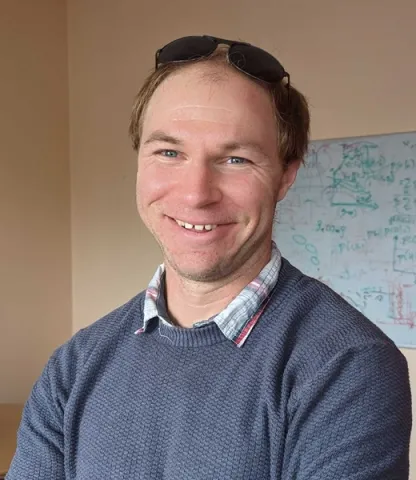About the project
Modern all-sky astronomical surveys have started detecting unusual, extremely luminous, and long-lived flares in the centres of distant galaxies. These flares are too bright to be caused by the death of a single star and are more likely the result of a violent accretion of material onto a supermassive black hole. This project aims to uncover what that material is and how it gets there, which is key to understanding how black holes grow.
So far, around 20 of these ambiguous nuclear transients (ANTs) are known, including the most energetic cosmic event ever observed, discovered by the Southampton group. Some occur in galaxies with a black hole that is already accreting material (an “active galactic nucleus”; AGN) while others have no sign of activity.
One explanation is that a massive star, several times the size of the sun, gets shredded by tidal forces from the black hole - but how and why the star gets there is difficult to explain. On the other hand, the timescales of these events are far too short to be caused by large-scale instabilities in existing accretion disks.
Finally, most of the events have “echoes” seen at mid-infrared wavelengths, implying that they are shrouded in warm dust - perhaps some of this dust is what is falling into the black hole.
To answer these mysteries, this project make use of the Southampton group’s leading position in two of the most exciting new telescopes in the world: the Vera Rubin Observatory and its Legacy Survey of Space and Time (LSST) will discover millions of new astrophysical transients like supernovae, tidal disruptions of stars, and hundreds or thousands of ANTs, dwarfing any previous survey by orders of magnitude.
Southampton is a core member of the TiDES survey which will obtain a spectrum of every ANT discovered by LSST.
In this project you will compare state-of-the-art theoretical models with the LSST light curves and TiDES spectra to measure the energy, the black hole mass, and the chemical composition of these mysterious flares. You will also have the opportunity to use other world-class facilities such as the Very Large Telescope and the James Webb Space Telescope. You will work in an international research team with great opportunities for travel and worldwide collaboration.
